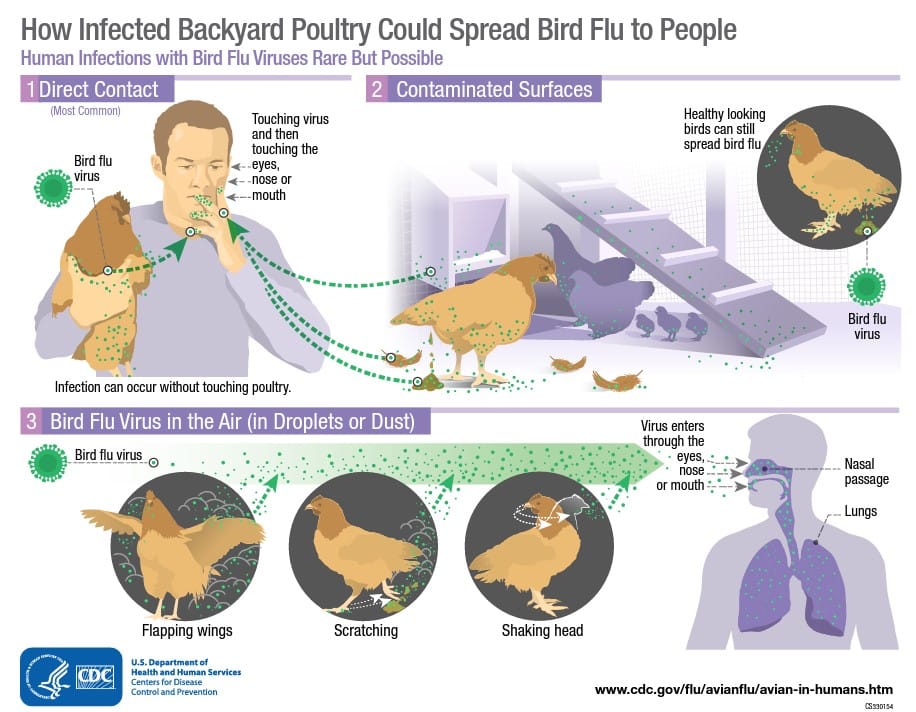The emergence of Human Metapneumovirus (HMPV) as a significant health concern in China has prompted widespread attention and inquiry. HMPV is a member of the Paramyxoviridae family, which is known for causing respiratory infections. It was first identified in the Netherlands in 2001 and has since been recognized globally as a common cause of respiratory illnesses, particularly in children, the elderly, and immunocompromised individuals.
The current outbreak in China has been characterized by an increase in reported cases of respiratory illness attributed to HMPV. Symptoms of HMPV infection can range from mild to severe and typically include cough, fever, nasal congestion, sore throat, and in some cases, wheezing and difficulty breathing. While many individuals recover without requiring hospitalization, certain populations, particularly those with pre-existing health conditions, may experience more severe respiratory distress.
Transmission of HMPV occurs primarily through respiratory droplets when an infected person coughs or sneezes. The virus can also spread through direct contact with contaminated surfaces, making hygiene practices essential in controlling its spread. The outbreak in China has highlighted the importance of public awareness regarding respiratory hygiene, including frequent handwashing and the use of masks in crowded or enclosed spaces.
Health authorities in China are responding to the outbreak with a multi-faceted approach. Surveillance systems have been enhanced to monitor the incidence of HMPV infections, and public health campaigns are being launched to educate the population about the virus, its symptoms, and preventive measures. Hospitals are being advised to prepare for an influx of patients presenting with respiratory symptoms, and healthcare professionals are being trained to recognize and manage HMPV infections effectively.
Despite the concerns surrounding the outbreak, it is important to note that HMPV is not a novel virus, and many people may have been exposed to it without realizing it. Studies indicate that most individuals will have been infected with HMPV by the age of five, often resulting in mild respiratory illness similar to that caused by other common viruses. However, the current outbreak serves as a reminder of the potential impact of respiratory viruses and the need for continued vigilance, particularly during the colder months when respiratory infections tend to rise.
Research into HMPV is ongoing, with scientists working to better understand the virus’s behavior, transmission dynamics, and potential vaccine development. Currently, no specific antiviral treatment exists for HMPV, and management primarily focuses on alleviating symptoms and supportive care for affected individuals. This lack of targeted therapies underscores the importance of preventive measures, including vaccination against other respiratory viruses such as influenza and COVID-19, which can help reduce the burden of respiratory illnesses in general.
As the situation evolves, collaboration between public health officials, healthcare providers, and the community will be crucial in managing the outbreak effectively. Public compliance with health advisories and guidelines will play a significant role in controlling the spread of HMPV and protecting vulnerable populations.
In conclusion, the recent HMPV outbreak in China underscores the importance of understanding respiratory viruses and the need for public awareness and preventive measures. While the virus can cause significant illness, particularly in high-risk groups, the community’s response and adherence to health recommendations will be essential in mitigating its impact. Continued research and surveillance will also be vital in ensuring that health systems are prepared to handle similar outbreaks in the future.



